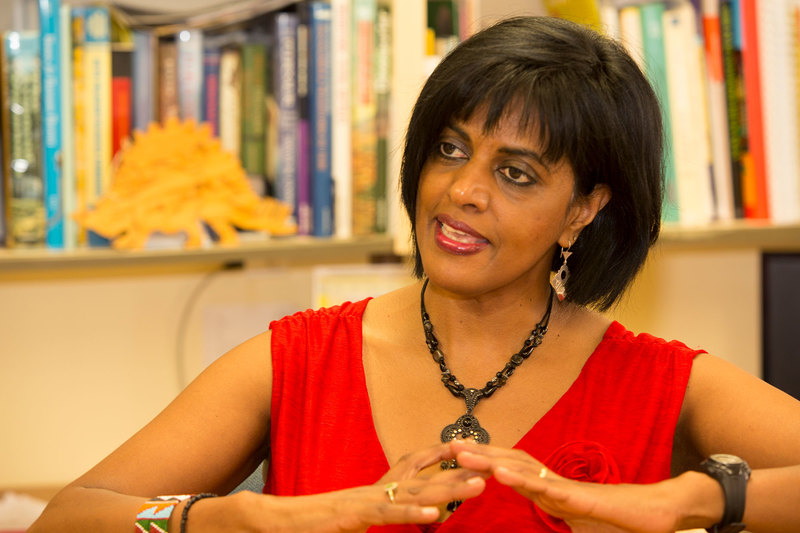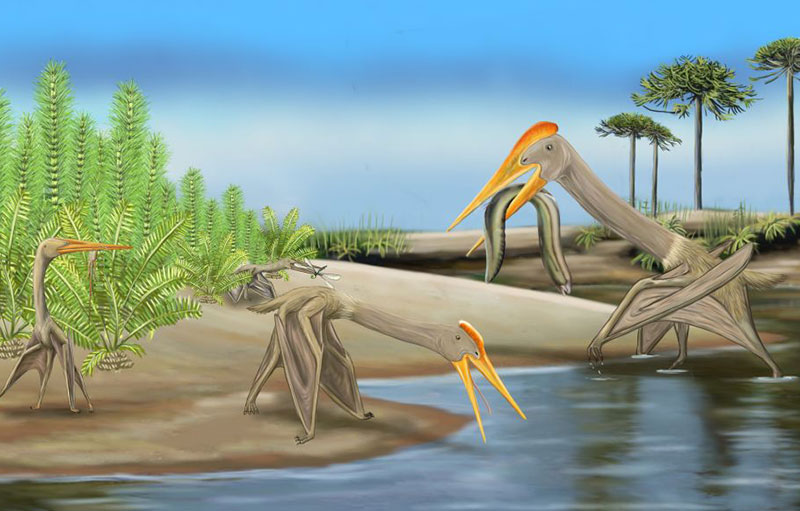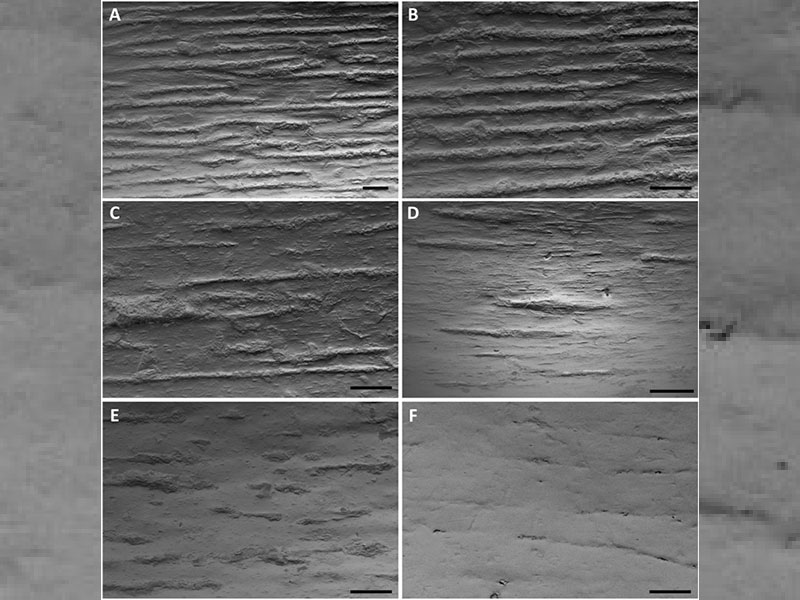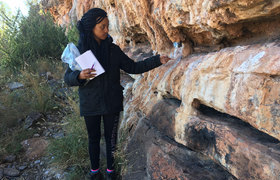New findings about prehistoric flying animal life
11 November 2021 | Story Wendyl Martin. Read time 7 min.
A University of Cape Town (UCT) palaeobiologist is part of a new study that changes the way we think about the Late Cretaceous period, around 100 million years ago.
Professor Anusuya Chinsamy-Turan, of the Department of Biological Sciences, is among the scientists who contributed to a paper published in Cretaceous Research that revealed that newly hatched gigantic pterosaurs, the flying relatives of dinosaurs, probably out-competed the adults of smaller pterosaur species.
It was previously thought that smaller species of pterosaurs were out-competed by newly evolving birds, but this study has shown that it was actually the juveniles of large and gigantic pterosaurs that dominated the skies during the period.
Led by researchers from the University of Portsmouth, with Professor Chinsamy-Turan on board as a co-investigator, the publishing of the findings comes after around 10 years of fieldwork in the Sahara Desert in Morocco. Lead author, Roy Smith, said that during the fieldwork, they had discovered over 400 specimens of pterosaurs from the Kem Kem Group, a geological group in the region.
The research team included Chinsamy-Turan and experts from the universities of Leicester, Portsmouth and Casablanca.

Chinsamy-Turan – who teaches courses on topics such as palaeobiology, palaeoecology, evolution and extinctions – contributed to the study as a world expert on the bone microstructure of pterosaurs and dinosaurs.
She explained that pterosaurs were the first animals to take to the air, before birds and bats.
“When they first evolved in the Triassic [252 million years ago] they were quite modest in size, but by the Late Cretaceous they had reached gigantic proportions – with wingspans of over 10 m or more, almost the size of a fighter jet,” she said.
Professor David Martill of the University of Portsmouth said that it is likely that juvenile pterosaurs were feeding on small prey such as freshwater insects, tiny fish and amphibians.
“As they grew, they could take larger fish – and who knows, the biggest pterosaurs might have been capable of eating small species of dinosaurs, or the young of large dinosaur species,” said Professor Martill.
World expert on fossil bone microstructure
Chinsamy-Turan was brought onto the study when the palaeontologists involved wanted to know if they were dealing with small-bodied adult pterosaurs or the young of giant pterosaurs.
She said most of the bones recovered appear to be juveniles of large pterosaurs – an indication that they dominated the environment.
“By looking at the paper-thin sections of the bones under a microscope, I could tell that they were from juveniles as the bone was fast growing and didn’t have many growth lines,” she said in a statement.

“I deduced that one of the individuals was much younger than the other in that it only showed fast growing bone tissue in the jaw fragment, whereas the other individual was much older, with at least four cycles of growth in its bone, but it was still not fully grown. This implies that there must have been even larger individuals of the species,” she said.
“When I saw how well preserved the bone microstructure of the pterosaurs was, I immediately knew that there would be lots of information that could be deciphered from them.
“My colleagues were also quite thrilled by my results since although they had suspected that these bones were from juveniles, my analysis of the histology (study of tissue) confirmed their findings based on other information such as surface texture,” she added.
Palaeontological collaboration
For Chinsamy-Turan, the publishing of the findings is a big move forward for collaborative work and inter-university studies in the field of palaeontology and for the inclusion of African academics in work linked to specimens from the continent.
“This work is important since it involves a three-way collaboration between myself here in South Africa, a Moroccan palaeontologist, as well as four pterosaur experts based in the UK. Such collaborative links between African and UK scientists bode well for international collaborations, and it is wonderful to have African scientists working on material recovered from Africa. Strange as it may sound, this does not happen as often as it should.
“Although I am a palaeontologist, my work on deciphering the biological signals in the fossilised bone tissue is very specialised, and I was thrilled to be invited to collaborate on this study.”
More pterosaur findings on the way
Besides working on this research, Chinasamy-Turan has been teaching undergraduate courses and writing books that have since been published, with more fascinating pterosaur and dinosaur findings on the way.
“Lockdown was good for me … besides writing up several academic papers, I managed to publish two popular-level books.”
Dinosaurs of Africa celebrates the diversity of dinosaurs from this continent.
“Kids all over the world are fascinated by dinosaurs, and most of them know all sorts of northern hemisphere dinosaurs but very few children, or adults, can name a single South African or African dinosaur. This is because there is very little information about African dinosaurs in the popular media. I wanted children in South Africa and Africa to know and be proud of the rich dinosaur heritage we have.”
The more recent Dinosaurs and Other Prehistoric Life was published by Dorling Kindersley, known for their illustrated reference books.
“This beautifully illustrated book takes one on a journey back in time from the earliest life forms, to dinosaurs, pterosaurs, mammoths and more recently extinct forms.”
Chinsamy-Turan has been invited to collaborate on a new Moroccan pterosaur study.
“Watch this space for some exciting research with far-reaching implications not just for Africa but globally.”
 This work is licensed under a Creative Commons Attribution-NoDerivatives 4.0 International License.
This work is licensed under a Creative Commons Attribution-NoDerivatives 4.0 International License.
Please view the republishing articles page for more information.










